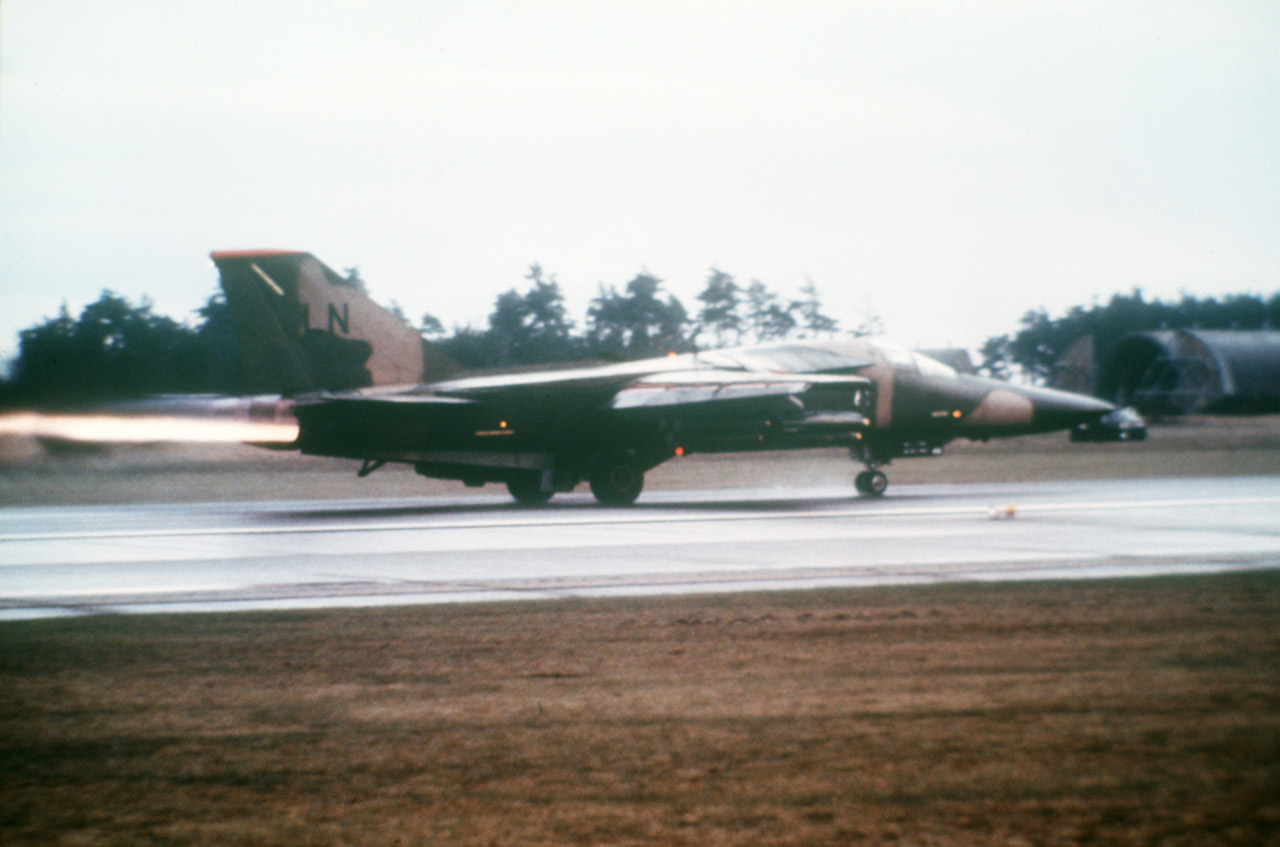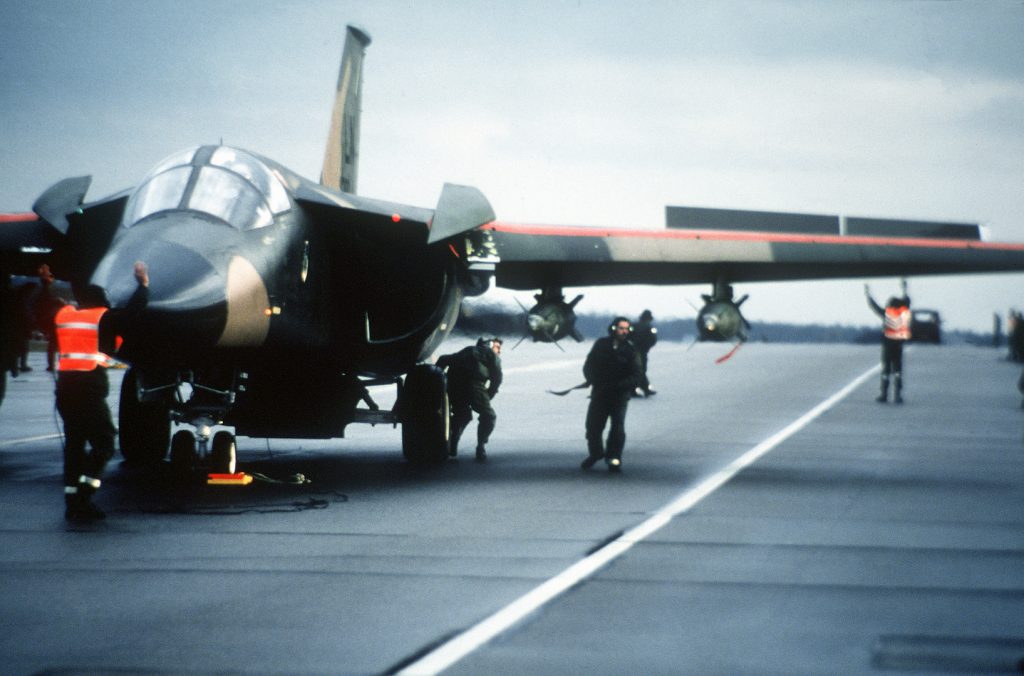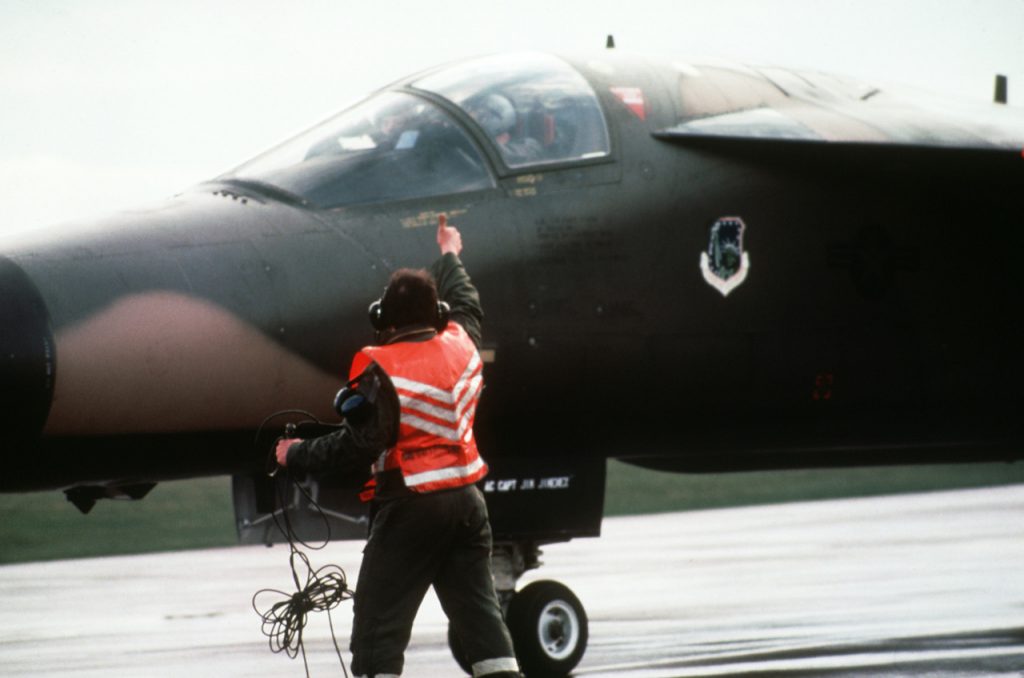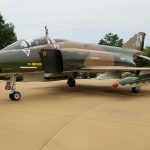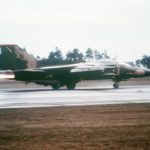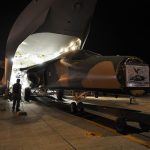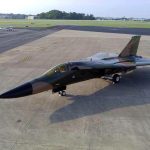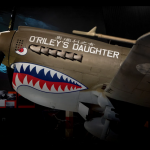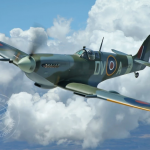Capt Gregory Ball, USAFR, Ph.D.
Since the 1960s, the relationship between the United States and Libya was marred by accusations of terrorist activity and charges of weapons smuggling and espionage. Tensions between the two nations came to a head in 1986. In January of that year, the United States broke off diplomatic relations with Libya. In March, the U.S. Navy retaliated after Libyan forces launched surface to air missiles at Navy aircraft. On April 2, 1986, the United States government blamed Libya for the deaths of four people who were killed when a bomb exploded on TWA flight 840 over Argos, Greece. Finally, terrorists bombed the La Belle Discotheque in West Berlin on April 5, killing one U.S. soldier and wounding more than 200 people. The United States claimed “exact, precise, and irrefutable” evidence of Libyan involvement and launched Operation EL DORADO CANYON.
Operation EL DORADO CANYON was a long range strike at “terrorist centers” in Libya developed by planners at the 48th Tactical Fighter Wing (TFW) in England. The operation started on April 14, 1986, when 24 U.S. Air Force F-111s departed Royal Air Force (RAF) Base Lakenheath along with five EF-111s from RAF Heyford. The F-111s faced a 3,500 mile flight with four aerial refueling each way due to flight restrictions. As the aircraft approached Libya, two U.S. Navy aircraft carriers, the USS Coral Sea and the USS America, launched 14 A-6E strike aircraft and 12 F/A-18 and A-7 strike support aircraft.
At 6:54 pm eastern standard time, the EF-111 aircraft commenced electronic countermeasures against Libyan air defenses, while the Navy support aircraft provided surface to air missile (SAM) suppression. At 7:00 pm, the attacking Navy aircraft struck Benina Airfield and the Benghazi military barracks, while 13 Air Force F-111s struck the Aziziyah barracks in Tripoli and the Sidi Bilal terrorist training camp. The final strike of the mission was conducted by five Air Force F-111s, which attacked the Tripoli military airport. Unfortunately, only four of the F-111s successfully dropped their bombs. Seven others missed their targets, while six encountered mechanical problems or did not drop because of stringent rules of engagement.
After leaving the target area, there were reports that one F-111 had been shot down. By 7:53 pm, all Navy aircraft had returned to their carriers. When the F-111s linked up with the tankers for their first return aerial refueling, they confirmed that one F-111 had been lost. Enroute back to England, one F-111 diverted to Rota, Spain, because of an overheated engine. Search and rescue efforts for the missing F-111 lasted throughout April 15, but were terminated that evening with negative results. Both pilots were later confirmed killed.
Although the mission was deemed a success, it was not without controversy. The Navy later claimed that the entire operation could have been accomplished using Navy assets. Furthermore, the commander of the 48th TFW believed that the original concept of a small group of F-111s had grown too large, leading him to believe that there was little chance to surprise the Libyan defenses and the number of aircraft would allow air defenses time to concentrate on the second wave of attackers. However, proponents of the larger strike force believed it would do significantly greater damage to the targets and was worth the risk. The attack killed 37 people and left 93 injured. Libyan President Muammar Qaddafi and appeared visibly shaken when he appeared on television 24 hours later to protest the strikes. Operation EL DORADO CANYON showed that the Air Force could successfully make precision strikes against targets thousands of miles away, an early example of the U.S. Air Force’s Global Reach capability. Problems encountered during the operation were also addressed, and five years later the F-111s Pave Tack targeting system destroyed more targets than any other aircraft during Operation DESERT STORM.
For more information see:
“Raid on Libya, Operation El Dorado Canyon“, by Judy G. Endicott, in Short of War USAF Contingency Operations 1947-1997.
This unpublished AFHSO study by William T. Y’Blood: Libyan Chronology, 1969 to 1986.
Read this article in the March 199 Air Force Magazine, by Walter J. Boyne: El Dorado Canyon.







